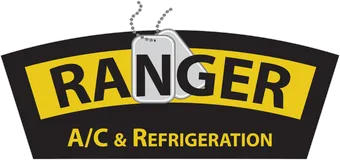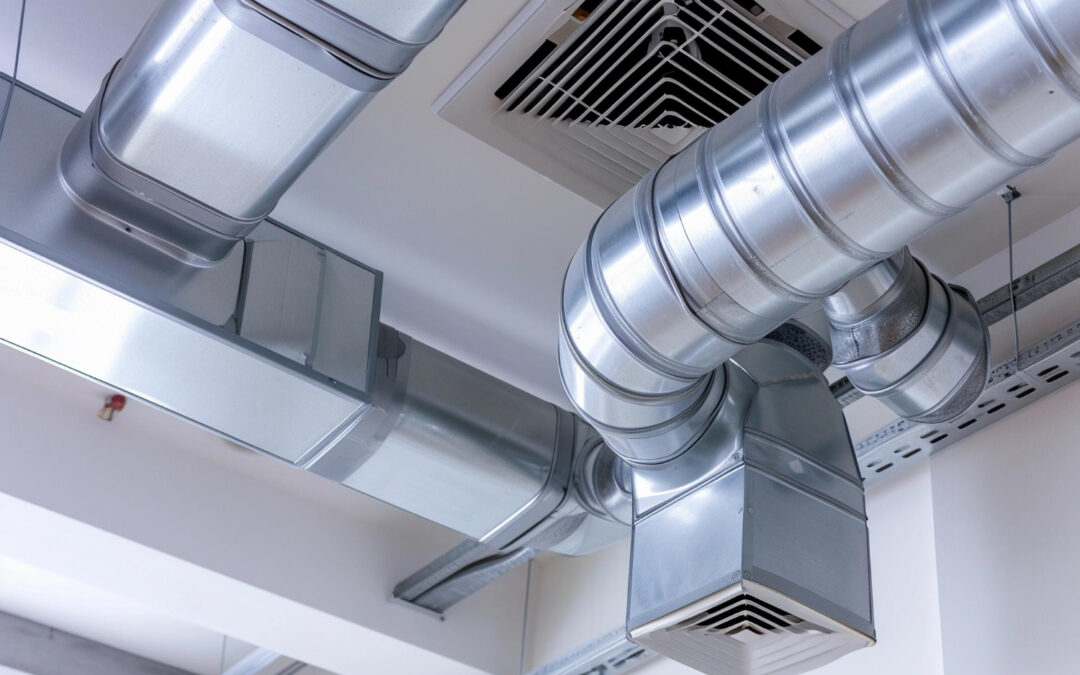Did you know that restaurants across the U.S. lose a staggering $46 billion annually due to equipment or infrastructure downtime, with refrigeration outages being a major contributor? That means a failing compressor or leaking cooler could quietly erode your profits—fast. In this article we’ll explore the most common commercial refrigeration issues, explain how they affect your bottom line, and highlight when you may need air conditioning repair or HVAC repair expertise to keep things running smoothly.
Why Commercial Refrigeration Breakdowns Hurt the Business
Reliable refrigeration is the backbone of any food-focused operation—be it a restaurant, grocery store, or caterer. When it fails:
- Spoilage skyrockets, directly hitting your product costs.
- Downtime disrupts operations, meaning lost sales, frustrated staff, and potential compliance issues.
- Energy usage spikes, as struggling systems work harder to compensate.
According to industry estimates, equipment downtime alone accounts for nearly $46 billion in lost revenue annually across U.S. restaurants.
Top Commercial Refrigeration Issues—and What They Cost
Ranger A/C & Refrigeration’s guide highlights several common problems that can lead to major financial losses if left unchecked:
- Temperature inconsistencies (often from faulty thermostats, dirty coils, or refrigerant leaks)
- Frost or ice buildup that impairs airflow or signals defrost system failures
- Refrigerant leaks, which reduce cooling power and can raise energy costs
- Unusual noises, indicating trouble with the compressor or evaporator fan
- Electrical or power supply issues, including startup relay faults
Other sources add to this list with details that underline the breadth of refrigeration pitfalls:
- Refrigerant leaks, thermostat malfunctions, blocked vents, compressor issues, and ice buildup are especially common.
- Additional trouble sources include defrost timer or control board failures, overfilled condensate pans, and inlet valve leaks.
Warning Signs Your System Needs Attention
Identifying trouble early can prevent costly repairs and losses. Watch for these red flags:
- Inability to maintain consistent cooling
- Noticeable spike in energy bills, suggesting inefficiency
- Strange or loud noises from the unit
- A buildup of ice or frost inside the cabinet
- Water pooling around the system or leaking
- Frequent compressor cycling or short runs.
When to Involve HVAC or Air Conditioning Repair Pros
Though refrigeration systems differ from standard HVAC units, they share many components and troubleshooting skills. If you notice:
- Electrical shorts or visible wiring issues
- Irregular compressor behavior or cycling
- Persistent temperature fluctuations
- Cooling inefficiency that cleaning doesn’t resolve
These situations often require a trained technician familiar with air conditioning repair and HVAC repair practices. They can handle diagnostics safely, especially when refrigerant or controlling systems are involved.
Cost Implications & Proactive Measures
Here’s how refrigeration issues can hurt your finances—and what to do about them:
- Repair costs: Simple fixes (like gasket or coil cleaning) may run $100–$300, while compressor or major system repairs could reach $1,200 or more.
- Frequent repairs add up: Locations average nearly five refrigeration calls per year, costing between $4,000 and $5,000 annually.
- Preventive maintenance pays off: A modest budget—1.5 percent to 3 percent of annual revenue—is typically recommended for routine maintenance, reducing emergency service costs that often run 2–3 times higher.
What you can do now:
- Establish a quarterly or bi-annual maintenance plan for coil cleaning, gasket inspection, and refrigerant checks.
- Set aside a contingency fund, ideally 1.5 percent to 3 percent of sales, for equipment maintenance and unexpected repairs.
- Train staff to notice issues early—temperature swings, ice buildup, odd noises, or water leaks—and respond promptly.
- Partner with a trusted HVAC or refrigeration technician skilled in air conditioning repair to tackle complex issues fast and efficiently.
Summary: Detect. Repair. Protect.
| Step | Action |
| 1. Detect early | Monitor temperature, noise, ice buildup, and energy use |
| 2. Act fast | Address minor issues quickly to avoid bigger failures |
| 3. Allocate budget | Budget proactively for maintenance and unexpected repairs |
| 4. Use expert support | Leverage air conditioning repair and HVAC repair skills when needed |
In short, taking proactive steps—not waiting for a breakdown—lets you safeguard revenue, extend equipment life, and deliver consistent, efficient service. Commercial refrigeration issues may be costly, but with vigilance, planning, and expert support, you can keep your business—and your bottom line—cool and stable.

